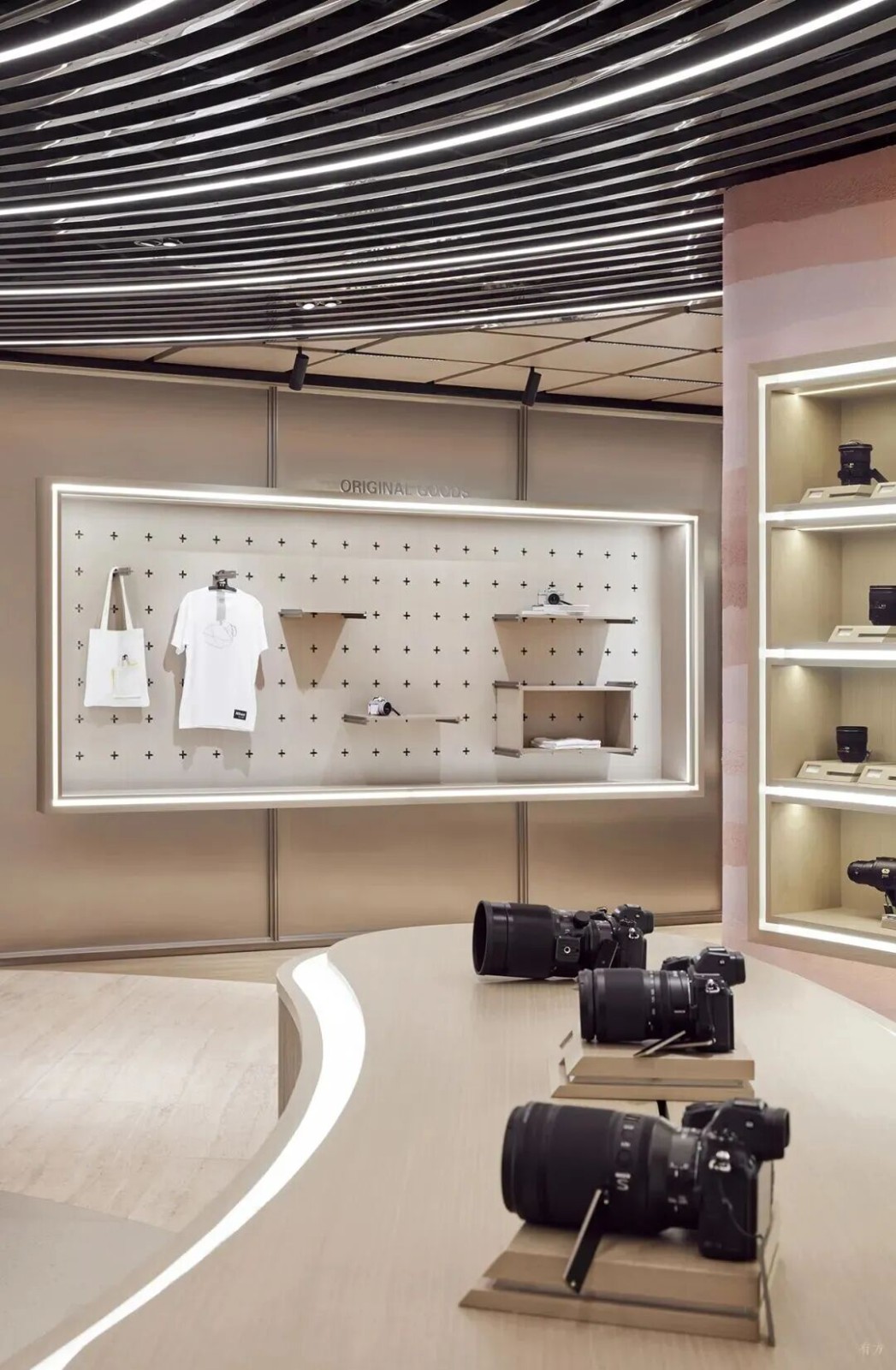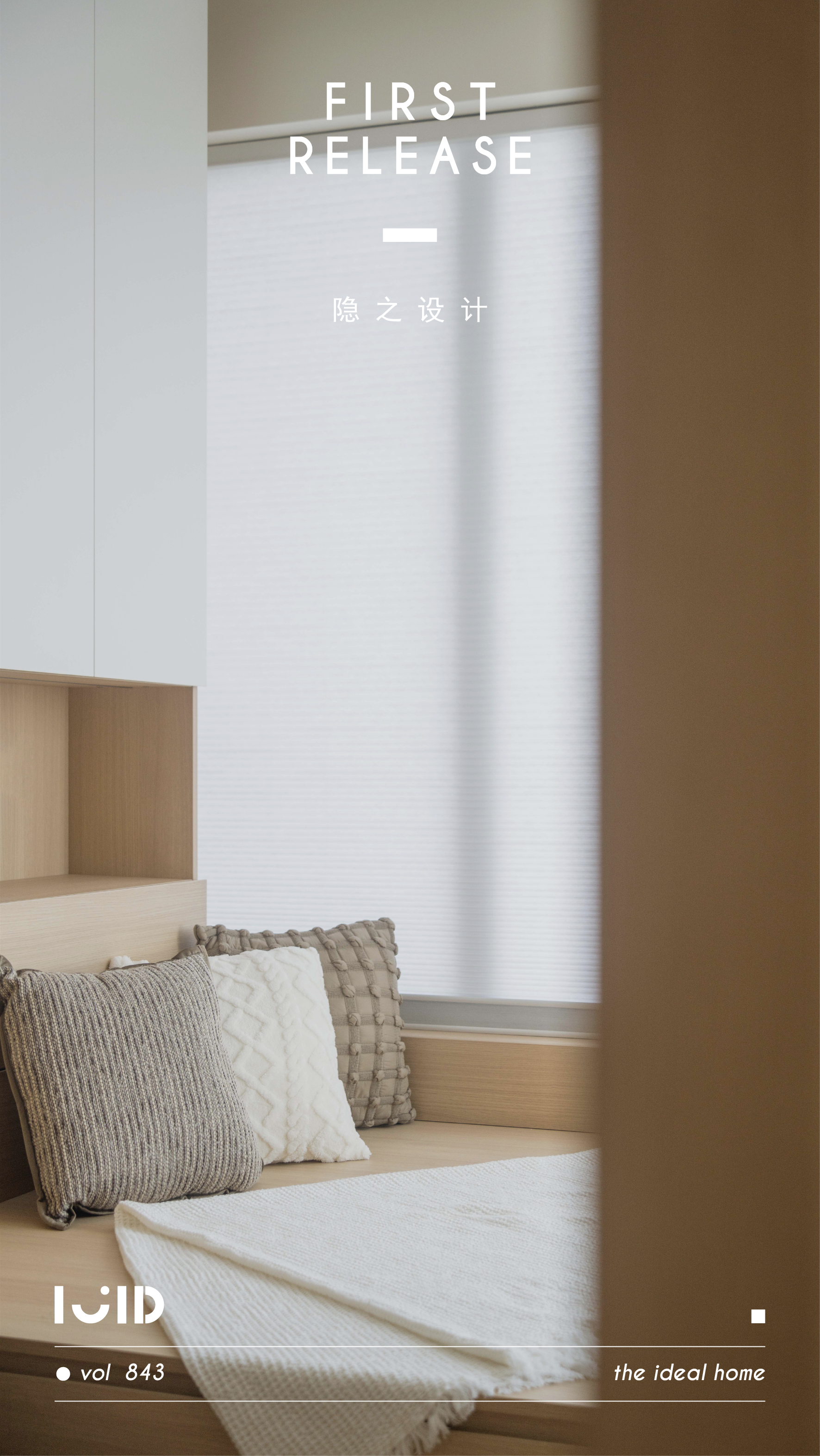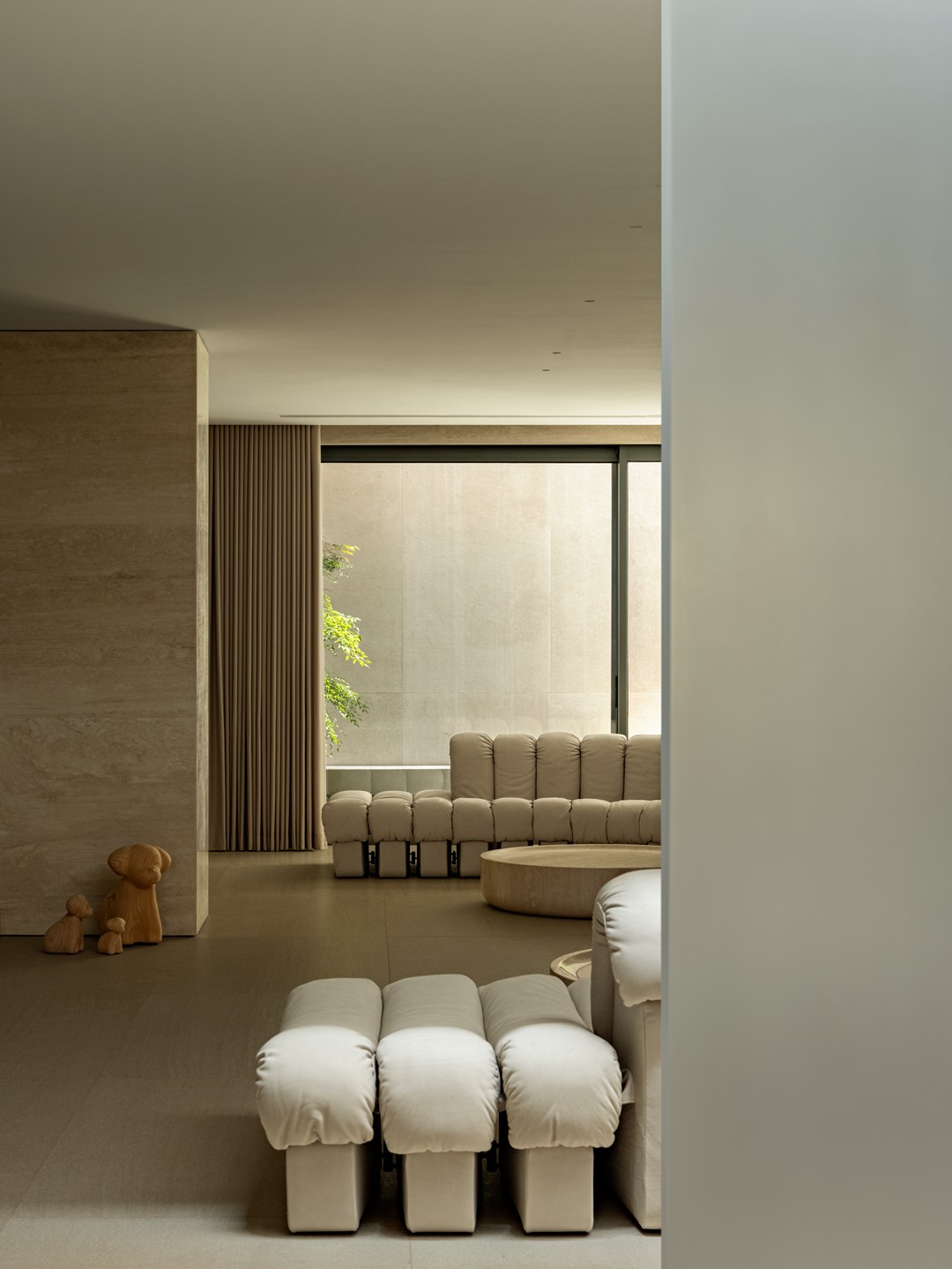Suyama Peterson Deguchi | “居在林间”
2019-03-02 22:50
- 纯净之屋 -
The Junsei House
住宅专为一对希望简单生活的夫妇而设计,Junsei House采用可持续发展的建筑要求。空间给人一种完整感,消除了多余的功能。这座房屋设计简单,高效,安静,是对现代技术的完美呈现,为不断变化的纷乱世界提供了避难所。该地区曾经因为捕鱼和伐木业而闻名,现在仍然有通勤渡轮的支持,郁郁葱葱,树木繁茂。尊重现有的景观并最低限度地接近地面,住宅与周围环境相融合,而不是与之竞争。所有的树木都留在原地,为了保护树根,不过度挖掘,只留下18英尺宽,80英尺长场地。被树木和水所包围充满艺术性的住宅成为主流,它通过阻挡一些风景和景色,同时在人们前往目的地的过程中慢慢揭开面纱,突出了视野和景观。
Designed for a couple interested in simplifying their lives and learning to live with less, The Junsei House was created with a holistic approach to designing architecture that is sustainable. The house’s spaces give one a feeling of completeness, eliminating the need for more things. Simple, efficient and quiet in design, the house is a reaction to today’s technology and offers a refuge in an ever changing, chaotic world. Located in an area once rich in fishing and logging and still supported by commuter ferry, the site is lush with trees. Respectful to the existing landscape and touching the ground minimally, the house is appropriate and compliments its surroundings rather than competing with it. Wishing to honor the existing site, all of the trees were left in place and excess excavation was limited to protect tree roots leaving only 18 feet in width and 80 feet in length for the house. Surrounded by trees and water, nature now becomes the house’s art. Instead of the typical design solutions with unobstructed views to the water, the central tree becomes dominant, and accentuates views and vistas by blocking some while slowly unveiling others as one’s journey to the water’s destination is created.
在有限的预算下,使用简单的材料强调细节,创造少即是多的居住氛围,传扬一种更纯粹的设计和生活方式。空间噪音很小,它由一个简单的形状组成,其中所有的元素都被浓缩到基本要求中。相对开放的平面图和空间的灵活性使其具有多种用途,业主试着重新认识他们的生活方式。根据季节或需求转变。
Working within a minimal budget and a simple material palette with close attention paid to details, the client was able to create more with less, resulting in a purer design and lifestyle. Producing little visual noise, the house is composed of a simple vernacular shape in which all programmatic elements were distilled down to their fundamental requirement. The relatively open floor plan and flexibility of spaces lends itself to a variety of uses, causing the resident to reevaluate how they live. Spaces can be occupied in different ways depending on seasonal conditions or social gatherings.
外部使用波纹金属侧板,而整个内部又天然木材胶合板拼接。现场搭建的门窗延续了简单的几何结构,使用平纹木材视觉上使窗户看起来像是雕刻而成。这个结构系统使内部的形成了一个纯粹简单的空间,有助于突出“白色盒子”和上面的阁楼空间。The Junsei House可持续性的设计不仅仅是物质选择或产品的问题,而是改变一个人的态度,以及研究如何改变居住者的生活习惯。
On the exterior corrugated metal siding is used while throughout the interior natural wood and plywood define space. The site built window system continues the simple vernacular geometry and the use of flat grain wood visually makes the windows appear as if they were carved from the skin. The structural system allowed the interior volume to be completely empty of structure creating a pure skin that helps to accentuate the white box containing the service elements and a loft space above. With The Junsei House, designing for sustainability is not only about material choices or products, but rather shifting one’s attitude, and examining how essential design elements can alter the living habits of the occupants.
Lake House是一个极简主义的住所,位于华盛顿州西雅图,由Suyama Peterson Deguchi设计。这座湖屋被设想成21世纪的静修之所——从对现代生活的期望中解脱出来,建在城市附近的湖边小屋里。该遗址是一块狭小的土地,紧紧地夹在现有的独户住宅之间。这些房子在网络上令人印象深刻,创造了对视觉隐私的需求。
The Lake House is a minimalist residence located in Seattle, Washington, designed by Suyama Peterson Deguchi. The Lake House was conceived as a 21st Century retreat – an escape from expectations of modern life to a lakefront cabin near the city. The site is a narrow plot of land tightly wedged between existing single-family houses. The houses have an imposing presence on the site creating a need for visual privacy.
设计概念上简化为三个部分:从地形中挤出的厚墙、低水平屋顶和睡眠空间。场地条件使我们将多个室内/室外空间刻进了地形中——通过用水填充一些空间,我们能够将滨水的感觉扩展到更深的地质层中。由此产生的空间缓解了海滨暴露隐私的压力。低矮的屋顶提供了一个水平的基准点;一个指向斜坡地形的参考点,以及一种开放的隐私感。
The program allowed the design to be conceptually simplified into three components – a thick wall extruded from the topography, a low horizontal roof, and a volume for sleeping. The site conditions led us to carve multiple indoor/outdoor spaces into the topography – by filling some of the spaces with water we were able to expand the sense of the waterfront deeper into the property. The resulting spaces relieved the pressure for privacy from the waterfront exposure. A low roof provides a horizontal datum; a reference point to the sloping topography and a sense of open privacy from the neighbors.
The Lake House&The Junsei House
图纸呈现
SUYAMA PETERSON DEGUCHI
The Junsei House & The Lake House
团队介绍
作为建筑师,我们的目标是创造空间,唤起安静,反应情绪。我们相信,元素形式和使用可以导致建筑具有细微差别,深度和丰富的视觉体验。
As architects our goal is to create spaces that evoke a quiet, emotional response. We believe that the use of elemental forms and minimal means can result in architecture that has nuance, depth and richness.
Suyama Peterson Deguchi公司(Spd),由George Suyama FAIA创建于1971年,是一家总部位于华盛顿州西雅图的建筑公司。Ric Peterson,费娅,1983年加入成为合伙人,Jay Deguchi在2002年成为合伙人,Chris Haddad在2014年成为合伙人。该公司专门从事当代设计,提供从建筑到室内设计和家具设计的全方位服务。
Suyama Peterson Deguchi (SPD), founded by George Suyama FAIA in 1971, is an architecture firm based in Seattle, Washington. Ric Peterson, FAIA, joined George as partner in 1983, Jay Deguchi became a partner in 2002, and Chris Haddad became a partner in 2014. The firm specializes in northwest contemporary design and offers a comprehensive range of services from architecture to interiors and furniture design.
Suyama Peterson Deguchi公司
采集分享
 举报
举报
别默默的看了,快登录帮我评论一下吧!:)
注册
登录
更多评论
相关文章
-

描边风设计中,最容易犯的8种问题分析
2018年走过了四分之一,LOGO设计趋势也清晰了LOGO设计
-

描边风设计中,最容易犯的8种问题分析
2018年走过了四分之一,LOGO设计趋势也清晰了LOGO设计
-

描边风设计中,最容易犯的8种问题分析
2018年走过了四分之一,LOGO设计趋势也清晰了LOGO设计





















































































